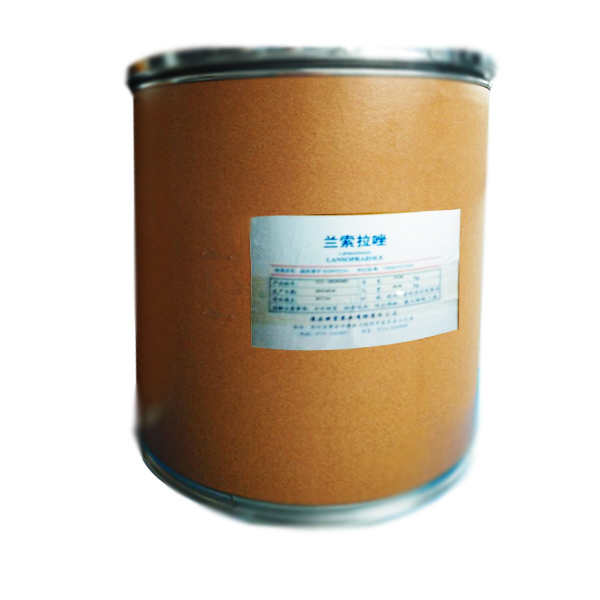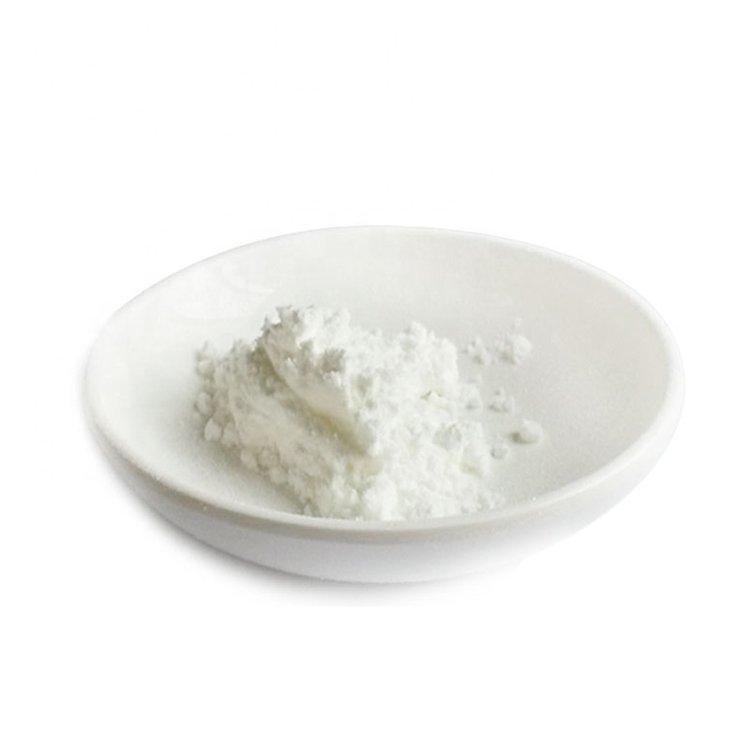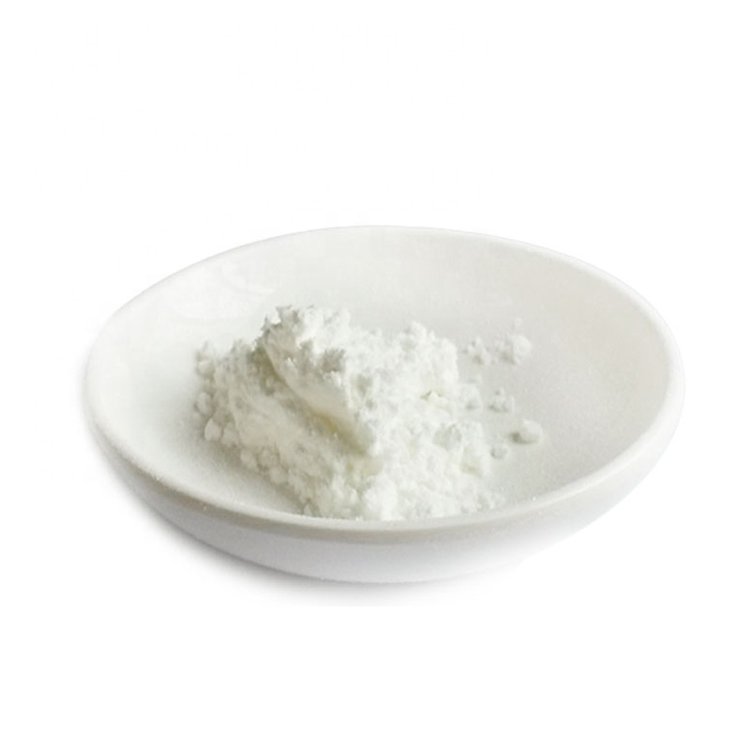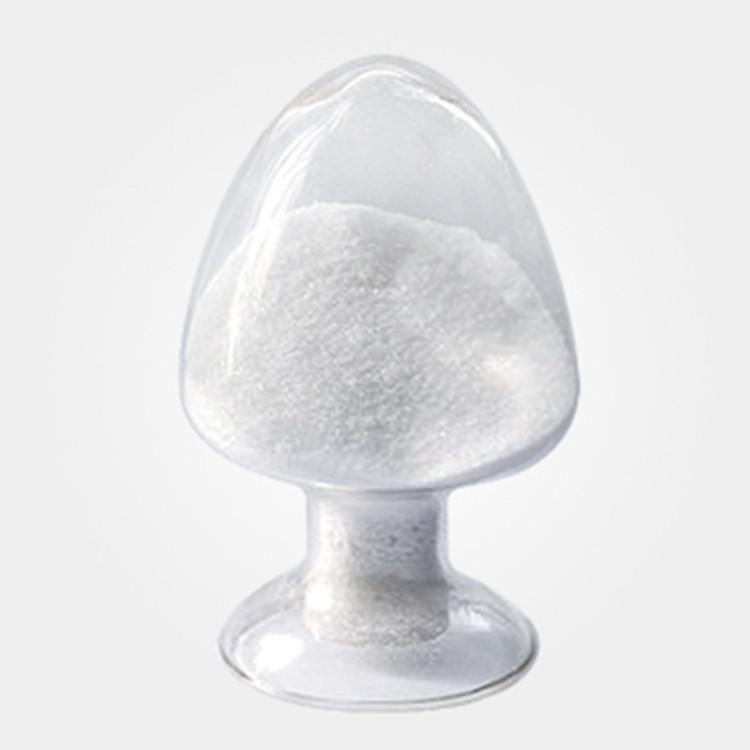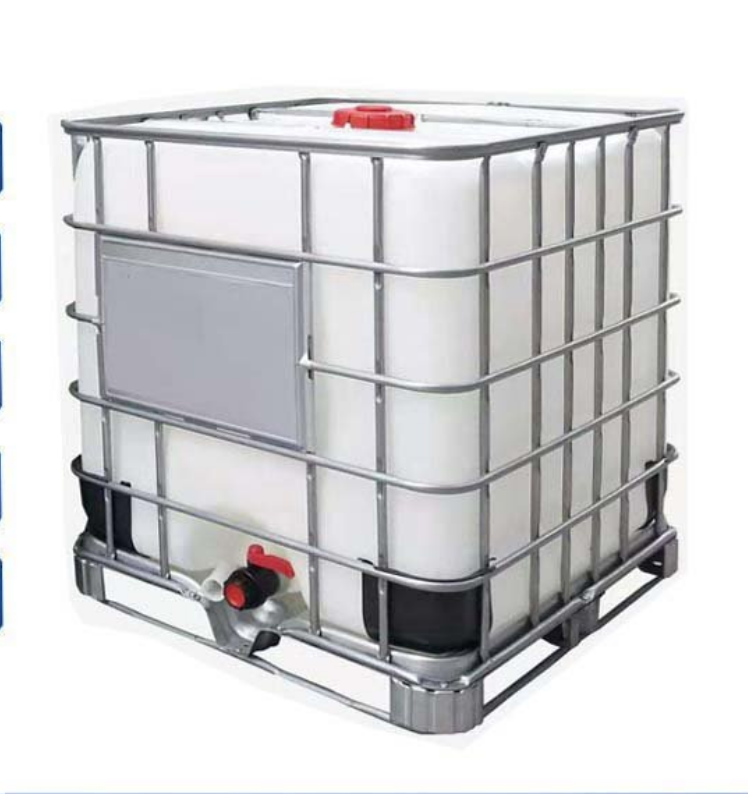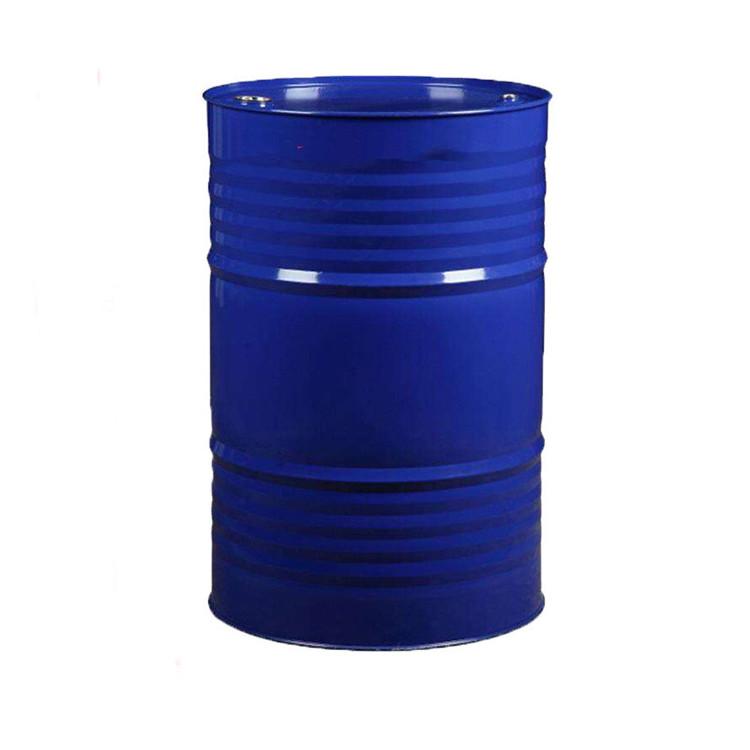Pharmaceutical Raw Materials
Veterinary API
Antiallergic Drugs
Hormones and Endocrine Drugs
Drug Metabolism
Pharmaceutical Intermediates
Synthetic Anti Infective Drugs
Specialty Drugs
Vitamins and Minerals Medicines
Feed Drug Additive
Antineoplastic Agents
Nervous System Drugs
Respiratory Drugs
Diagnostic Agents
Anti Stress Drugs
Antipyretic Analgesics
Antiparasitic Drugs
Circulatory System Drugs
Biochemicals
Blood System Drugs
Immune System Medication
Pharmaceutical Excipients
Fluid, Electrolyte, and Acid-Base Balance
Urinary System Drugs
Antibiotics
Anesthetic Agents
Inhibitors
Other Chemical Drugs
Digestive System Drugs
CAS:103577-45-3
Molecular Formula:C16H14F3N3O2S
Alias
More Information
1H-Benzimidazole,2-(((3-Methyl-4-(2,2,2-Trifluoroethoxy)-2-Pyridinyl)Methyl)Su; 2-(((3-Methyl-4-(2,2,2-Trifluoroethoxy)-2-Pyridinyl)Methyl)Sulfinyl)-1H-Benz; 2-[[[3-Methyl-4-(2,2,2-Trifluoroethoxy)-2-; Prevacid; Bamalite; Monolitum
Brief Introduction
Lansoprazole is a new generation of proton inhibitor. It acts on the last link of gastric acid secretion and strongly inhibits gastric acid. It is used in the treatment of duodenal ulcer and reflux esophagitis.
Suppliers
View More Vendors (3) >
CAS:107007-99-8
Molecular Formula:C18H25ClN4O
Alias
More Information
1-Methyl-N-[(3-Endo)-9-Methyl-9-Azabicyclo[3.3.1]Non-3-Yl]-1H-Indazole-3-Carboxamide; 1-Methyl-N-[(1S,5R)-9-Methyl-9-Azabicyclo[3.3.1]Nonan-3-Yl]Indazole-3-Carboxamide,Hydrochloride; 1-Methyl-N-(9-Methyl-9-Azabicyclo(3.3.1)Non-3-Yl)-1H-Indazole-3-Carboxamid; Endo-Monohydrochlorid; 1-Methylindazole-3-Carboxylic acid; Midehydrochloride; 1-Methyl-N-[(3-Endo)-9-Methyl-9-Azabicyclo[3.3.1]Non-3-Yl]-1H-Indazole-3-Carboxamide Hydrochloride; 1-Methyl-N-(9-Methyl-9-Azabicyclo[3.3.1]Nonan-3-Yl)-1H-Isoindole-3-Carboxamide Hydrochloride
Brief Introduction
Granisetron hydrochloride is a highly selective 5-HT3 receptor antagonist, which has good preventive and therapeutic effects on nausea and vomiting caused by radiotherapy, chemotherapy and surgery. Radiotherapy, chemotherapy and surgery can cause the release of 5-HT from the intestinal chromaffin cells. 5-HT can activate the 5-HT3 receptor of the central or vagus nerve and cause vomiting reflex. The mechanism of controlling nausea and vomiting is to inhibit the occurrence of nausea and vomiting by antagonizing 5-HT3 receptors in central chemosensory area and peripheral vagus nerve endings. It has high selectivity and no side effects such as extrapyramidal reaction and excessive sedation.
Suppliers
View More Vendors (3) >
CAS:282526-98-1
Molecular Formula:C25H39NO3
Alias
More Information
2-(Hexadecyloxy)-6-Methyl-4H-3,1-Benzoxazin-4-One; 2-(Hexadecycloxy)-6-Methyl-4H-3,1-Benzoxazin-4-One; Cetilstat; 4H-3,1-Benzoxazin-4-One, 2-(Hexadecyloxy)-6-Methyl-
Brief Introduction
New lestar is a new type of pancreatic lipase inhibitor used to treat obesity in diabetic and non-diabetic patients.
Suppliers
View More Vendors (3) >
CAS:881681-01-2
Molecular Formula:C21H20FN3O6S
Alias
More Information
5-(2-Fluorophenyl)-N-Methyl-1-(3-Pyridinylsulfonyl)-1H-Pyrrole-3-Methanamine (2E)-2-Butenedioate; 1-(5-(2-Fluorophenyl)-1-(Pyridin-3-Ylsulfonyl)-1H-Pyrrol-3-Yl)-N-Methylmethanamine; Voranomazin Fumarate; TAK-438
Brief Introduction
Vonoprazan Fumarate is a new proton pump inhibitor.Treat duodenal ulcer, gastric ulcer and reflux esophagitis, gastric ulcer or recurrent duodenal ulcer caused by low-dose aspirin.
Suppliers
View More Vendors (3) >
CAS:9006-65-9
Molecular Formula:C6H18OSi2
Alias
More Information
Silcorel(R) Adp1000 Antifoam Compound; Silicone Oil Dc 200; Dimethyl Silicone oil; Silicone Fluid; PDMS; Reduced Volatility Polydimethylsiloxane; Polydimethylsiloxane; Dimethicone Macromolecule; Dimethylpolysiloxane; Dimethicone (NF); Dimeticone (JAN/INN); Sentry Dimethicone (TN); Polydimethyl Siloxane
Brief Introduction
Dimethyl silicone oil is widely used in electrical insulation, lubrication, shock and moisture prevention, defoaming, damping, heat carrier and hydraulic oil; It can be used as additives such as paint and polish. It can also be used as an additive in plastic processing to improve the demoulding and wear resistance of plastics; Daily chemical, pharmaceutical use: silicone oil is also an important component in the preparation of cosmetics and some drugs.
Suppliers
View More Vendors (3) >
Inquiry (
10
/ 10
)
Clear All
Sign In
Error!


